If you have received a Notice of Intent to Discontinue Benefits, more commonly referred to as a NOID, then the workers’ compensation insurance company is attempting to stop payment of your ongoing wage loss benefits. Before an insurance company can cut off your wage loss benefits they must first issue you a written notice of their intent to do so. The insurer must also send notice to the Minnesota Workers’ Compensation Division. Failure to do so may result in monetary penalties to the insurance company.
You have a very limited time period within which to object to the insurance company’s attempt to discontinue paying your benefits. Generally, you only have 12 days. You do not have to automatically accept that your wage loss benefits will be terminated as determined by the workers’ compensation insurance carrier. If you do not have a workers’ compensation attorney, you should retain one as soon as possible.
NOID Procedures
Likely, your attorney will object to the NOID and request a conference for the matter to be heard in front of an Administrative Law Judge at the Office of Administrative Hearings. The ensuing conference is referred to as a .239 Conference because the procedures creating the conference are located in Minnesota Statute § 176.239. In the interim before the .239 Conference, which is typically set for a few weeks after an objection is filed with the Office of Administrative Hearings, you will not receive wage loss benefits. Unless you returned to work, in which case your benefits will immediately cease, you will only receive benefits through the date of the written NOID.
At the hearing, the Administrative Law Judge (ALJ) will hear evidence from the workers’ compensation insurer’s attorney as well as your own attorney. At Meuser Law Office, P.A. we request that our clients be available by phone so that, if needed, they can testify via the telephone at the conference.
The ALJ will issue an opinion and then both parties will have an opportunity to appeal the judge’s decision. If a party appeals then the matter will be set for a formal hearing on the trial calendar. If the Administrative Law Judge at the .239 Conference determined that the injured worker was in fact wrongly issued a NOID by the workers’ compensation insurance carrier then the injured worker will continue to receive ongoing wage loss benefits until after another judge hears the matter at the formal hearing.
Insurers commonly issue a NOID when they allege:
(1) You returned to work at your full rate of pay
(2) Your doctor determined you reached Maximum Medical Improvement
(3) The insurance company sent you to an Independent Medical Exam and their doctor said you reached Maximum Medical Improvement
(4) Your doctor released you to work without restrictions
(5) You are failing to comply with your physician’s treatment plan
(6) You retired from the job market
(7) You turned down suitable gainful employment
(8) You are not diligently searching for work
Experienced workers’ compensation attorneys recognize common mistakes that employers and insurers make when issuing a NOID. All of the information that an insurance company uses as evidence to terminate your ongoing wage loss benefits must be attached to the actual written NOID. An adjuster or defense attorney cannot come to a NOID conference with a stack of medical records and attempt to use them as a separate reason to discontinue your benefits. Experienced workers’ compensation attorneys will also guide you through the workers’ compensation process in order to avoid receiving a NOID.
If you or your family member has been issued a NOID, it’s important to have experienced attorneys working on your behalf. For a free, no-obligation consultation and to learn more about your Minnesota workers’ compensation rights, PERA disability claims, and personal injury law, contact the attorneys at Meuser Law Office, P.A. at 952-288-4667 or click here to complete a form to email our office.








